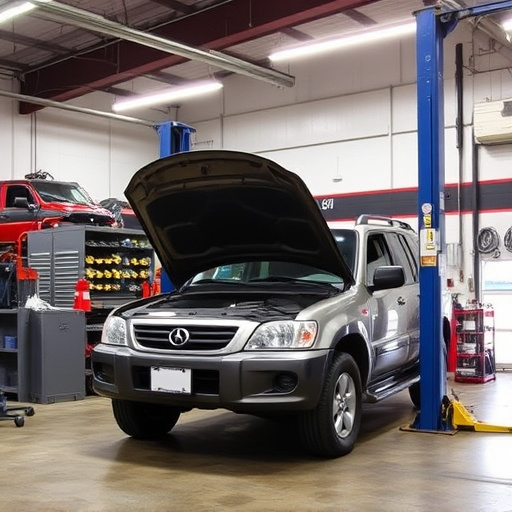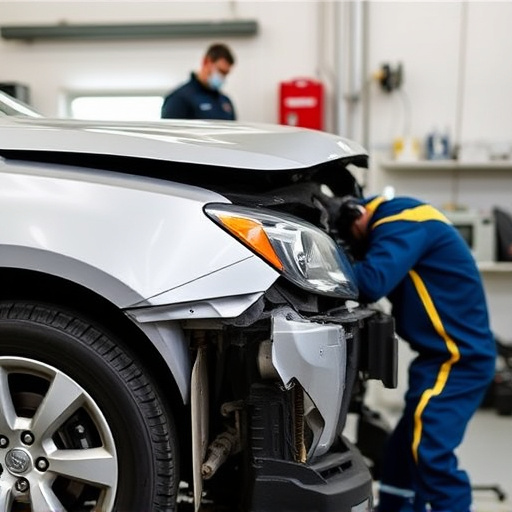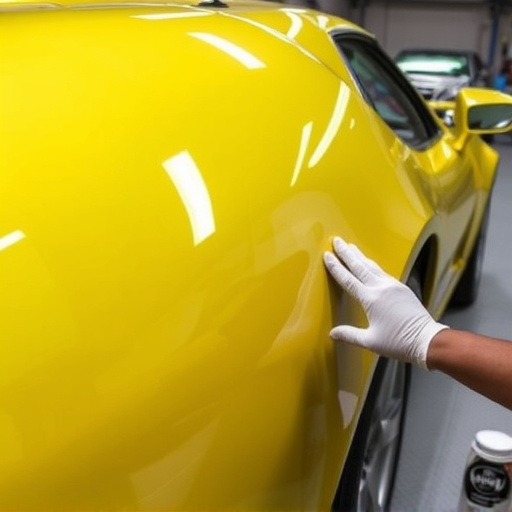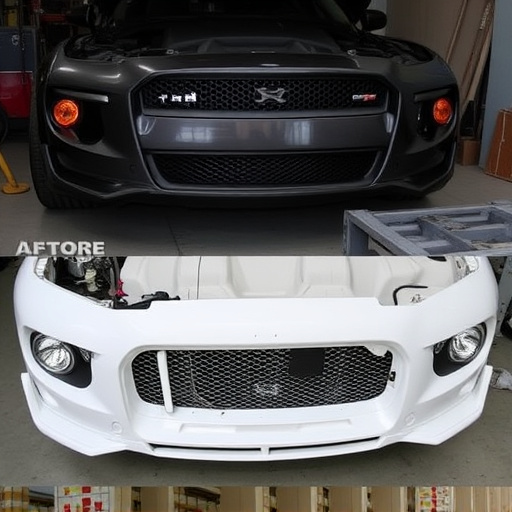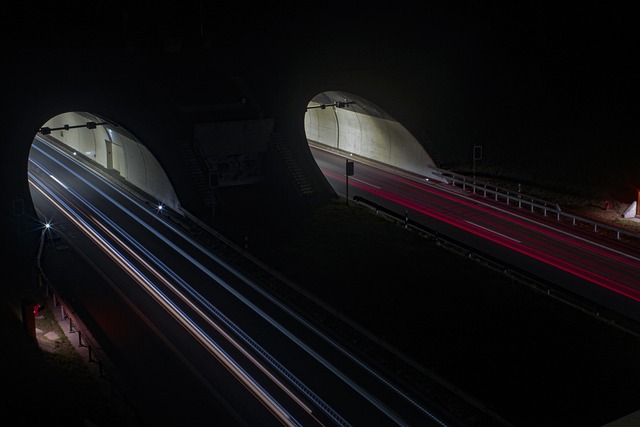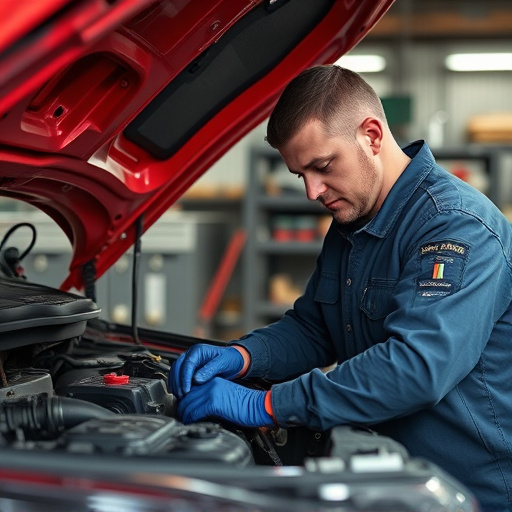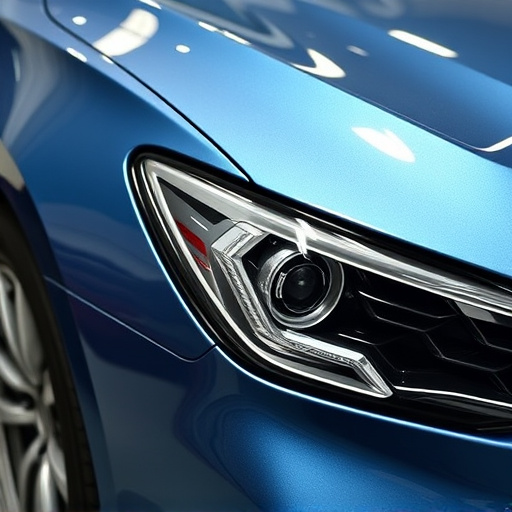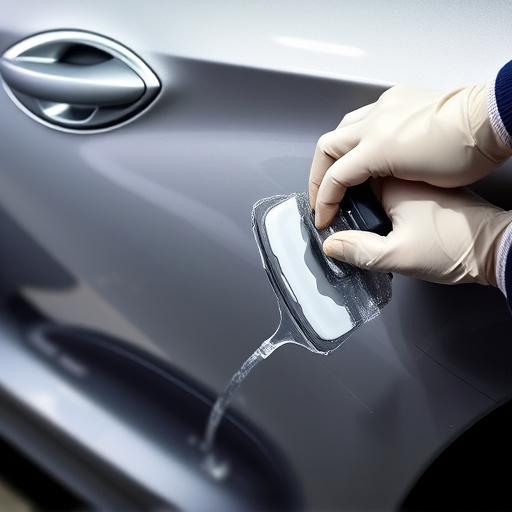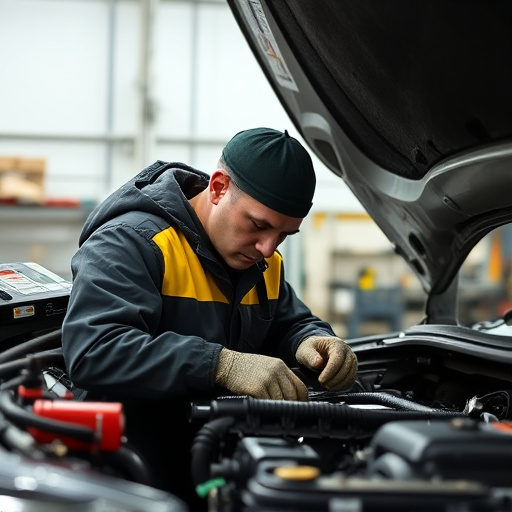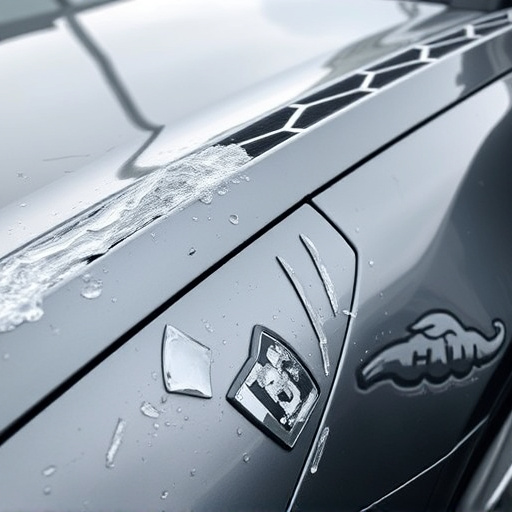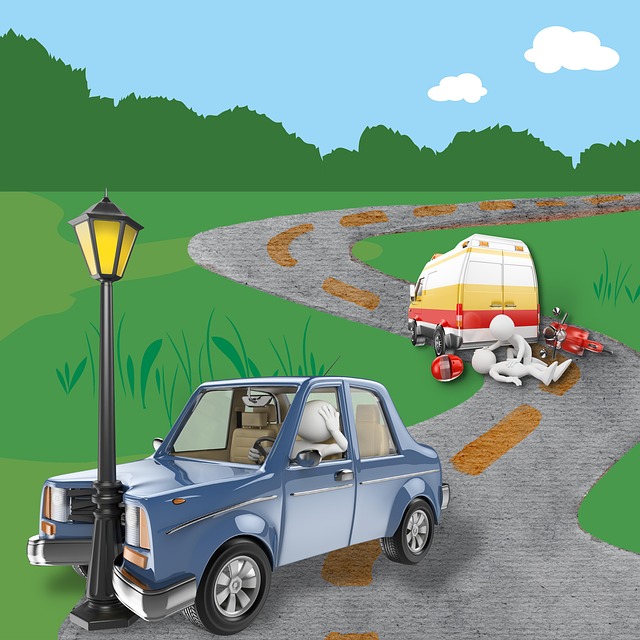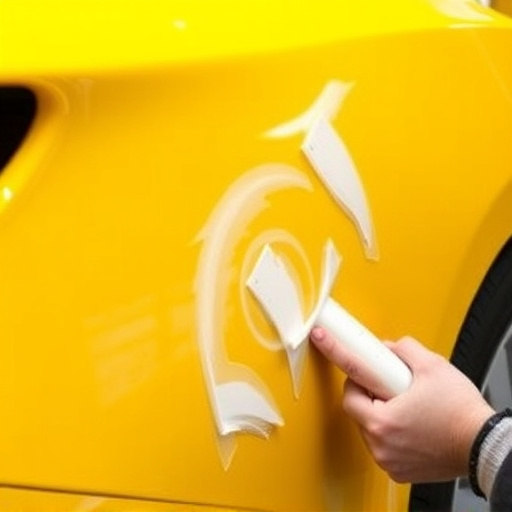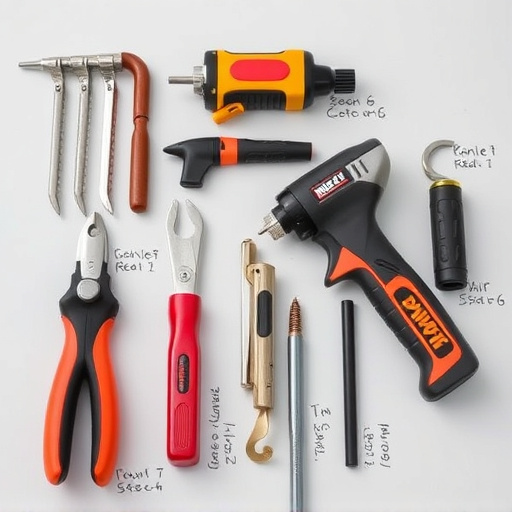Laser frame alignment revolutionizes collision damage repair with precise laser measurements, surpassing manual techniques in speed, cost, and structural integrity for modern vehicle designs. Specialized tools, expert techniques, and regular maintenance ensure accurate alignments, minimizing misalignments and boosting customer satisfaction in both collision centers and classic car restoration facilities.
“Laser Frame Alignment: A Comprehensive Guide for Technicians delves into the intricate world of precision engineering. This article equips professionals with an in-depth understanding of laser frame alignment, highlighting its foundational concepts and notable advantages. We explore essential tools and techniques to ensure accurate alignment, offering practical insights for seamless implementation. Additionally, it addresses common challenges, providing troubleshooting strategies for efficient issue resolution. Discover the art of laser frame alignment, transforming potential complications into manageable tasks.”
- Understanding Laser Frame Alignment: Basics and Benefits
- Tools and Techniques for Accurate Alignment
- Troubleshooting Common Issues in Laser Frame Alignment
Understanding Laser Frame Alignment: Basics and Benefits
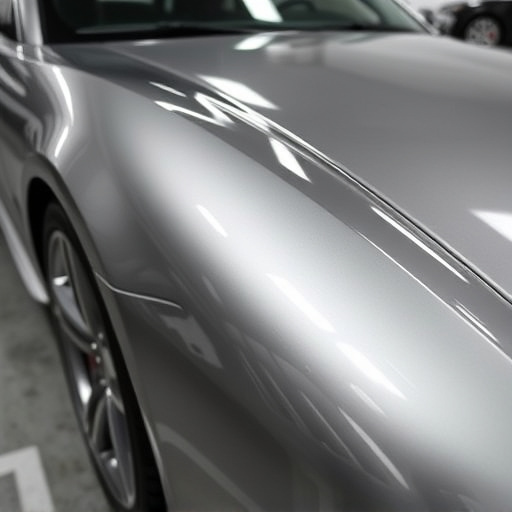
Laser frame alignment is a cutting-edge technology revolutionizing collision damage repair and car dent removal processes. It involves using precise laser measurements to re-align metal panels, ensuring vehicles return to their original factory specifications. This non-invasive method offers numerous advantages over traditional manual techniques, including faster repair times, reduced labor costs, and minimal disruption to the vehicle’s structure or finish.
By employing lasers, technicians can detect even the subtlest misalignments, enabling them to perform meticulous adjustments. This technology is particularly beneficial for complex geometric shapes and tight spaces, often encountered in modern vehicle designs. As a result, laser frame alignment ensures superior results in collision centers, enhancing customer satisfaction and the overall quality of repair services.
Tools and Techniques for Accurate Alignment
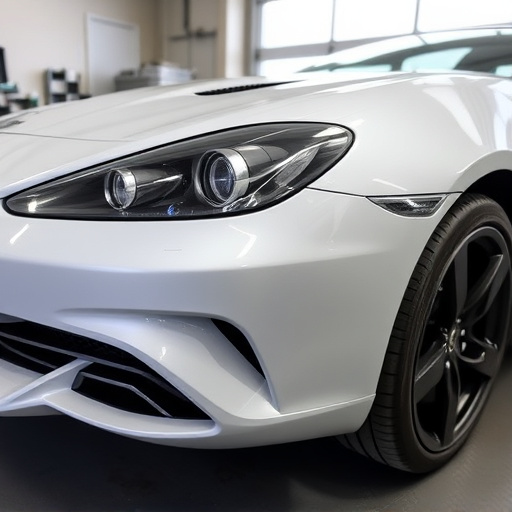
Achieving precise laser frame alignment requires a combination of specialized tools and expert techniques. In modern auto repair shops, including collision repair centers and classic car restoration facilities, technicians rely on advanced equipment such as laser scanners and digital measurement devices to ensure accuracy. These tools capture intricate vehicle geometry data, allowing for non-destructive assessments and precise adjustments.
For optimal results in a collision repair center or classic car restoration project, technicians employ various alignment techniques. This may involve using adjustable jigs and templates to guide metal straightening, as well as specialized lifting equipment to safely access undercar components. By combining these tools and techniques, auto repair shops can achieve seamless laser frame alignment, ensuring structural integrity and a factory-like finish in every repair or restoration project.
Troubleshooting Common Issues in Laser Frame Alignment

When it comes to laser frame alignment, technicians often encounter common issues that can disrupt the process and lead to inaccurate results. One of the primary challenges is ensuring proper calibration of the laser equipment. Even slight adjustments in settings or misalignment of sensors can cause deviations in measurements, resulting in a misaligned frame. Regular maintenance checks and consistent calibration are essential to avoid this pitfall.
Additionally, in classic car restoration or vehicle repair projects, metal fatigue and damage from previous repairs can impact the frame’s integrity. These hidden issues might go unnoticed until they affect alignment. Technicians should carefully inspect the vehicle’s body, especially in areas prone to stress concentration, such as welds and corners. Addressing these problems early on is crucial for achieving precise laser frame alignment, ensuring a robust and safe car body restoration outcome.
Laser frame alignment is a critical process that ensures precision and accuracy in various industrial applications. By understanding the basics, leveraging the right tools and techniques, and addressing common issues promptly, technicians can master this advanced technique. Implementing optimal laser frame alignment practices not only enhances productivity but also contributes to improved quality control and efficiency across diverse industries.
